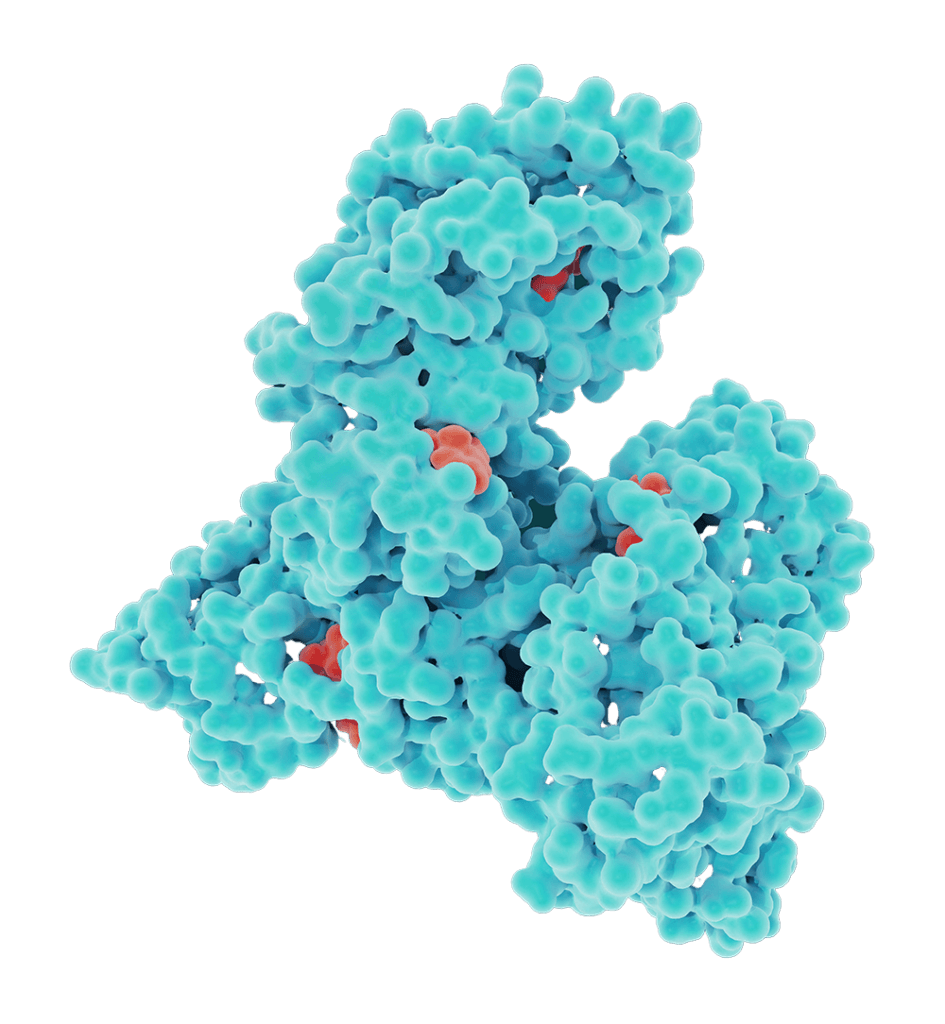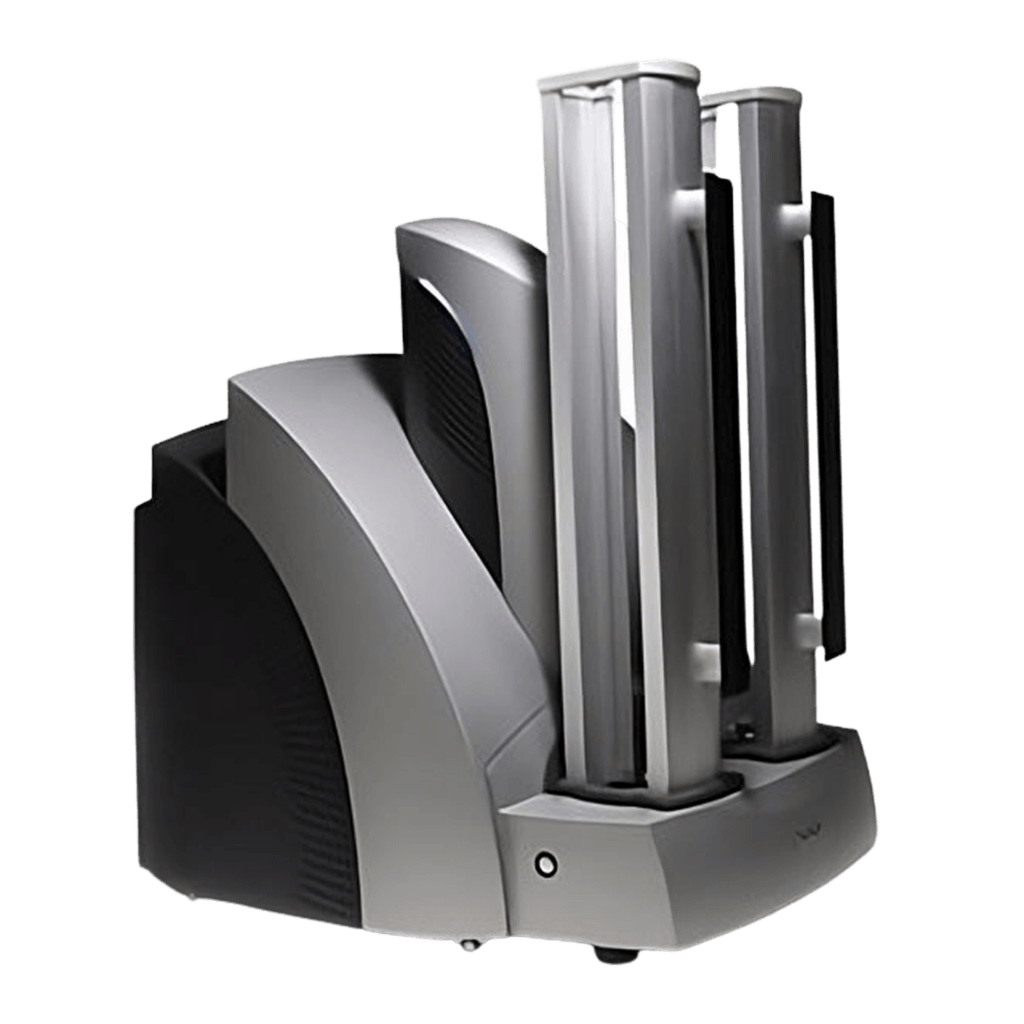MSD Assay: High-Sensitivity Detection for Biomarker Analysis
BioAgilytix leverages the Meso Scale Discovery® (MSD) platform’s plate-based electrochemiluminescence (ECL) technology to provide reliable, accurate data for a variety of bioanalytical assays. In comparison to traditional ELISA techniques, the MSD-ECL assays provide improved sensitivity and dynamic range while maintaining excellent precision and robustness.
There are a variety of applications for MSD’s technology, including multiplexed biomarker panels. BioAgilytix has extensive experience with the widely used V-PLEX assay kits but has recently been able to successfully utilize the S-PLEX assays for validated biomarker work. The S-PLEX panel has been validated in-house for use in both human serum and plasma, providing sponsors with accelerated access to sample results and time savings for their programs. The increased sensitivity of the S-Plex platform allows us to use this technology to detect multiple analytes in samples at concentrations too low to be readily detected by other assay formats.

BioAgilytix’s MSD-ECL platform expertise
BioAgilytix’s scientists are proven experts at multiplexing biomarkers on the MSD-ECL platform. Our global scientific teams also have significant experience designing custom MSD-based methods for a variety of applications, from biomarker to anti-drug antibody assays.
We currently operate GLP-compliant Imager 6000, Sector S 600, and QuickPlex SQ 120 systems from MSD within our labs in Massachusetts, North Carolina, Germany, and Australia. We have notable expertise using MSD-ECL for complex matrices and have had proven success meeting the demands of even the most challenging bioanalytical assays.

Ideal MSD Applications:
For multiplexing and complex matrices
BioAgilytix’s scientists most frequently utilize MSD-ECL in our work with biomarkers, immunogenicity, pharmacokinetics (PK), cell-based assays, and lot release testing, as well as for the bioanalysis of cell and gene therapies. We run MSD assays in support of non-GLP, GLP, and product release testing under GMP.
Key MSD benefits: High sensitivity and broad dynamic range
Although similar in many respects to the traditional ELISA method, MSD-ECL uses nonradioactive electrochemiluminescent labels for ultra-sensitive detection, yielding higher sensitivity and broader dynamic range, all at lower sample volumes than traditional ELISAs.
Electrochemiluminescence offers significant advantages over traditional colorimetric, luminescence, or fluorescence assays, including low background, signal amplification, improved sensitivity, and wide dynamic range. In a multiplex array, the MSD platform facilitates the detection of multiple analytes from a single sample. The MSD catalog includes a large selection of single and multiplex kits for profiling biomarkers and cell signaling pathways as well as other applications.
Additionally, this immunoassay method decouples the stimulation (electricity) from the signal (light), so that only labels near the electrode surface are detected. This ensures low background and makes this platform suitable to a variety of sample types, including cell supernatant, serum, plasma, and whole blood.
The MSD-ECL platform offers great flexibility with stable, nonradioactive, and easily conjugated labels. This platform is an excellent alternative to conventional colorimetric methods like ELISA when higher sensitivity and multiplexing are required.
Top benefits of MSD assays:
- High sensitivity
- Broad dynamic range
- Robust and rugged
- High throughput
- Adaptable to automation
- Small sample volumes
- Multiplexing
Improve biomarker data utility with ultra-sensitive validated inflammatory cytokine panel
Mesoscale Discovery (MSD) S-Plex
Biomarkers are becoming increasingly important in the development of therapeutics. In addition to informing efficacy and safety, biomarker data can also be used in clinical trials as a tool for patient enrollment and stratification to better target the responsive population. Depending on the context of use, it may be necessary to measure these biomarkers in combination at low concentrations to evaluate the therapeutic benefit. These data are historically challenging to generate, as ELISA and other conventional platforms require large volumes of matrices, typically measure single analytes, may perform with low accuracy and precision, or are unable to resolve low concentrations of analytes to sufficiently distinguish relevant clinical cutoffs. Ultrasensitive assays such as the MSD S-Plex can address these concerns.
MSD S-Plex produces assays that:
- Have high utility across therapeutic areas
- Examine multiple analytes with a single, low-volume patient sample
- Prove especially beneficial for pediatric studies or studies with limited sample volumes
- Are ultra-sensitive, enabling them to resolve biomarker data involving inflammatory pathways more accurately and efficiently
- Reduce the lower limit of detection (LLOD) by 10- to 1000-fold compared to other assay methods
- Offer data that better defines ranges between normal and disease states with higher confidence

How the MSD platform works
The MSD-ECL platform uses electrochemiluminescent labels that are conjugated to detection antibodies. When stimulated by electricity in the appropriate chemical environment, these labels generate light, which can then be used to measure key proteins and molecules.
The detection process is initiated at electrodes located in the bottom of the platform’s microplates, and only labels near the electrode are excited and detected. Electricity is applied to the plate electrodes, leading to light emission by SULFO-TAG labels. These are electrochemiluminescent labels that allow for ultra-sensitive detection. Light intensity is then measured to quantify analytes in the sample. The MSD-ECL platform employs buffers with high concentrations of Tripropylamine as a catalyst for a dual redox reaction with Ruthenium, emitting light at 620 nm.